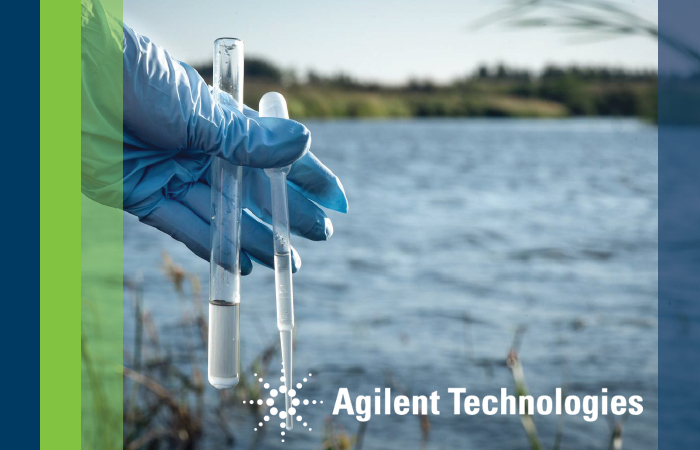ON-DEMAND WEBINAR:
MEETING THE CHALLENGES OF PFAS ANALYSIS WITH A WORKFLOW SOLUTION

Abstract:
The analysis of per- and polyfluoroalkyl substances (PFAS) in food and environmental matrices presents significant challenges for analysts. These compounds, widely used in manufacturing processes, have become pervasive, leading to potential sample contamination and elevated background signals in analytical instrumentation. In addition, material compatibility issues must be meticulously addressed to prevent analyte loss due to surface sorption. Despite the inherent stability and chemical resistance of perfluorinated materials, hydrolytic and thermal degradation can occur within laboratory settings. Furthermore, regulatory agencies impose stringent low-level reporting limits, adding complexity to PFAS analysis. To tackle these obstacles effectively, a systematic approach to PFAS determination is essential. Analysts should optimize each step in the sample preparation and analysis workflow, from efficient sample extraction to robust data analysis. In this informative webinar, we delve into strategies for optimizing the PFAS analysis workflow, sharing best practices and valuable tips-andtricks. The focus will be on current environmental methods and requirements (EPA methods 533, 537.1, 1633, ASTM D8421, and DoD/DOE QSM) and upcoming food testing methods (AOAC SMPR® 2023.003).
The analysis of per- and polyfluoroalkyl substances (PFAS) in food and environmental matrices presents significant challenges for analysts. These compounds, widely used in manufacturing processes, have become pervasive, leading to potential sample contamination and elevated background signals in analytical instrumentation. In addition, material compatibility issues must be meticulously addressed to prevent analyte loss due to surface sorption. Despite the inherent stability and chemical resistance of perfluorinated materials, hydrolytic and thermal degradation can occur within laboratory settings. Furthermore, regulatory agencies impose stringent low-level reporting limits, adding complexity to PFAS analysis. To tackle these obstacles effectively, a systematic approach to PFAS determination is essential. Analysts should optimize each step in the sample preparation and analysis workflow, from efficient sample extraction to robust data analysis. In this informative webinar, we delve into strategies for optimizing the PFAS analysis workflow, sharing best practices and valuable tips-andtricks. The focus will be on current environmental methods and requirements (EPA methods 533, 537.1, 1633, ASTM D8421, and DoD/DOE QSM) and upcoming food testing methods (AOAC SMPR® 2023.003).

Matthew Giardina Applications Scientist
Agilent Technologies
Speaker Bio:
Matthew Giardina, an applications scientist at Agilent Technologies, brings over 20 years of experience in analytical chemistry to the table. His primary focus lies in developing sample preparation techniques for challenging applications. With over a decade-long tenure at Agilent, Matthew’s contributions have been instrumental in advancing scientific methodologies. Matthew earned his B.S. in chemistry from the University of Maryland and holds a Ph.D. in analytical chemistry from The Ohio State University. His dedication to research and problem-solving continues to drive innovation in chemical analysis.
